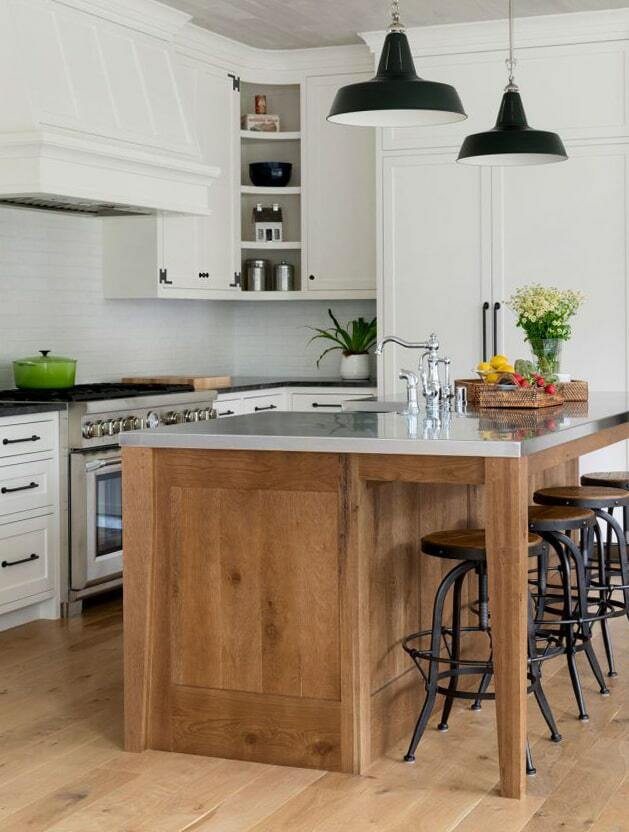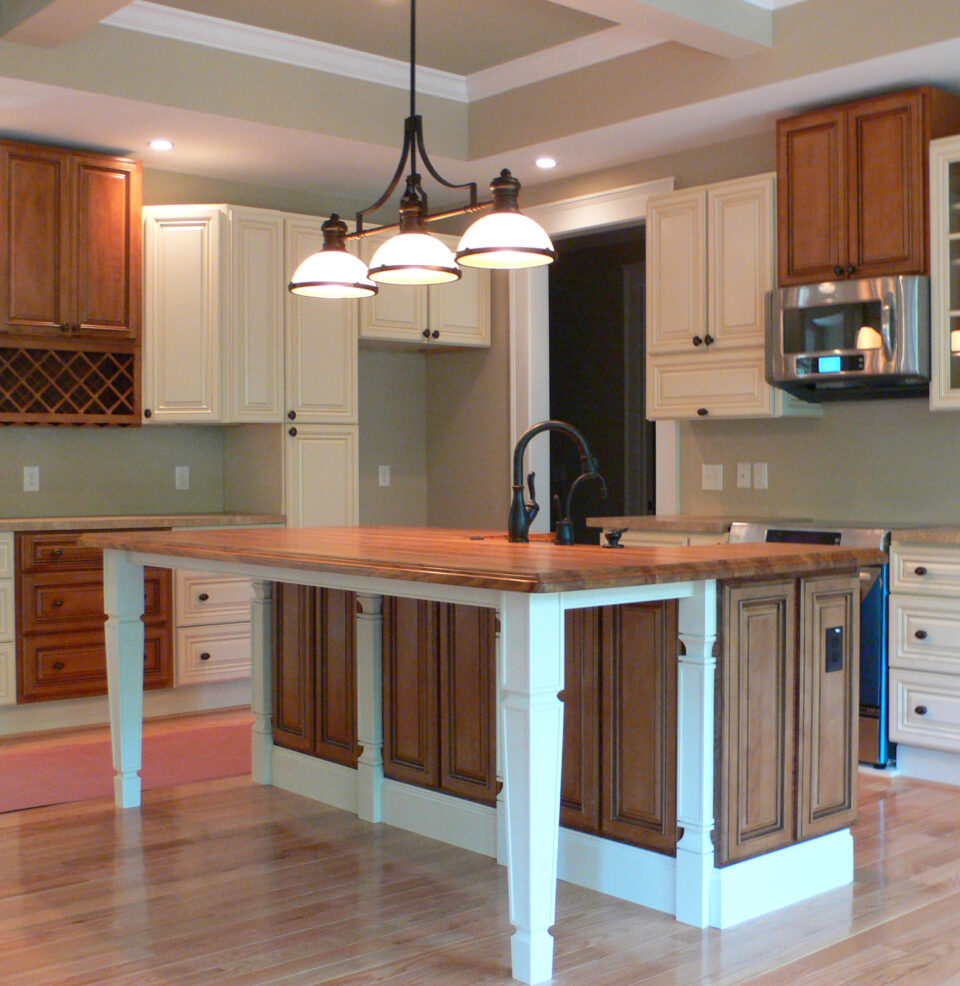Just how to Mount a Kitchen Island Leg for Optimum Stability and Style
Just how to Mount a Kitchen Island Leg for Optimum Stability and Style
Blog Article
Exploring the Essential Features of a Cooking Area Island Leg for Your Culinary Room
The kitchen area island serves as a main center in any type of culinary room, and the option of leg style is critical in enhancing both its capability and visual charm. Understanding the vital functions of kitchen island legs-- including product options, design styles, and security aspects-- can substantially affect the overall experience within the kitchen.
Relevance of Kitchen Area Island Legs
Kitchen island legs play a crucial duty in both the capability and appearances of a kitchen area space. They not only support the weight of the island but likewise enhance the total layout, adding to the kitchen area's aesthetic allure. The choice of legs can dictate the design of the cooking area, be it modern-day, conventional, or rustic.
Functionally, robust and appropriately made legs ensure stability, permitting the risk-free use the island for numerous jobs such as cooking, eating, or entertaining. Solid legs avoid changing and wobbling, providing a trusted surface for daily activities.
Additionally, the elevation and placement of the legs can influence the convenience degree for those seated at the island. A well-considered height can accommodate bar stools or chairs, advertising an inviting environment for events.
Along with these sensible considerations, kitchen area island legs can function as a centerpiece in the space (kitchen island leg). Attractive or distinctively made legs can boost the design visual, making the island a focal point. Hence, picking the appropriate cooking area island legs is crucial for balancing form and function in any culinary room
Material Options for Legs
Choosing the ideal product for kitchen island legs substantially influences both resilience and style. Typical material options consist of stone, metal, and wood, each offering unique advantages.
Wood is a preferred choice as a result of its heat and adaptability. It can be easily customized to match various design designs, from rustic to modern. Hardwoods like oak and maple supply outstanding stamina and durability, while softer timbers can be more at risk to tear and put on.
Steel legs are preferred for their streamlined, modern-day visual. kitchen island leg. Stainless-steel and light weight aluminum are not just durable yet likewise resistant to rust and corrosion, making them perfect for kitchen environments. They can develop a commercial look and are frequently available in different finishes to complement other cooking area elements
Stone legs, such as granite or marble, include an aspect of luxury and stability. While larger than various other materials, they provide extraordinary resilience and can withstand considerable weight. However, they might call for additional assistance to ensure correct balance.
Eventually, the selection of material ought to line up with both functional requirements and the total style vision of the kitchen room, making certain that the island legs boost both energy and aesthetic appeals.
Layout Styles to Think About
What layout styles should be considered when choosing legs for a kitchen area island? The option of leg design considerably affects the overall visual of your culinary space. For a modern kitchen area, minimalistic and sleek leg styles, such as stainless steel or geometric shapes, can enhance the contemporary appeal, providing a clean and minimalist look.
On the other hand, traditional cooking areas gain from classic designs such as turned or carved wood legs, which add heat and character. These alternatives usually feature intricate details that enhance classic home furnishings. For a rustic atmosphere, take into consideration legs made from redeemed wood or wrought iron, which bring an organic, natural top quality to the room.
If you lean in the direction of a commercial motif, durable steel legs with a troubled surface might be suitable, providing an edgy yet advanced touch. Additionally, farmhouse design kitchen areas can integrate beefy legs that stimulate a feeling of durability and homeliness.

Elevation and Stability Variables
The elevation and security of a kitchen area island are important elements that straight affect its functionality and user experience. A perfect kitchen area island leg need to supply sufficient height to fit a variety of jobs, from cooking to informal dining. Generally, kitchen area islands stand in between 36 to 42 inches tall, straightening with common counter and bar heights. This variety ensures comfort for users while performing various activities, therefore improving the total functionality of the space.
Security is similarly vital, especially as cooking area islands often offer as focal points in cooking atmospheres. The leg's attachment to the island's base should be secure, ensuring durability and resilience against the wear and tear of everyday usage.
Personalization and Devices
Modification options and read the full info here devices for kitchen area island legs can significantly boost both the visual charm and functionality of the space. Home owners can select from a range of materials, including metal, wood, and stone, permitting for smooth combination with existing kitchen area decor. The choice of finish-- be it an all-natural discolor, repaint, or powder covering-- additional customizes the look, guaranteeing that the island matches the total layout theme.
In addition to material and finish, property owners may likewise explore the consolidation of devices such as ornamental brackets, adjustable feet, or incorporated shelving. Braces can offer extra assistance while adding to a modern-day or rustic aesthetic. Adjustable feet are especially valuable for irregular flooring, guaranteeing the island continues to be steady and level, which is essential for both safety and security and usability.

Verdict
Finally, cooking area island legs offer a critical duty in supplying stability and improving the overall aesthetic of the culinary room. The choice of products and style styles adds to both performance and aesthetic appeal, while considerations of height and security ensure functional use. Personalization choices and devices can boost the cooking area island, making it an unique focal factor within the home. Hence, cautious factor to consider of these features is important for a reliable view website kitchen layout.
The cooking area island serves as a main hub in any kind of cooking space, and the selection of leg layout is essential in enhancing both its functionality and aesthetic allure. Understanding the necessary attributes of kitchen area island legs-- including product alternatives, layout styles, and security aspects-- can dramatically impact the general experience within the cooking area.Kitchen island legs play an important function in both the capability and visual appeals of a kitchen space.What style styles should be taken into consideration when selecting legs for a cooking area island?In conclusion, kitchen area island legs offer an important role in giving stability and improving the total aesthetic of the culinary area.
Report this page